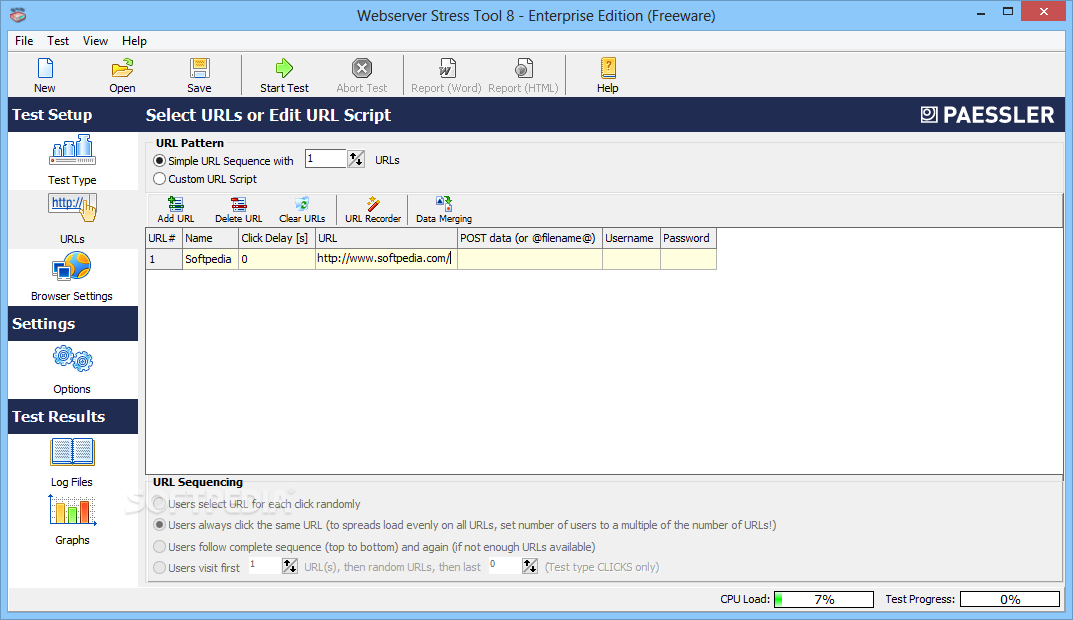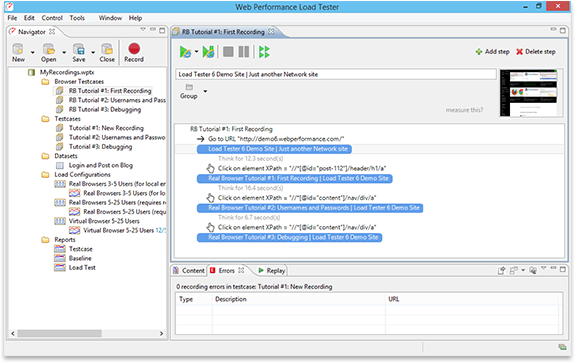Free Booter is a free IP Stresser tool made for you to stress test your servers without spending a cent on it. Stream xbox to mac free. We provide powerful stress test generating 5Gbps each. Our stress tests are amplified with the DNS protocol for best results. Today's booters overcharge you for low quality stress test that generate low traffic. The simplicity of Webserver Stress Tool means any webmaster, programmer, or administrator of a website can test a web server or web application under heavy load in real-time. This provides unparalleled ability to quickly adjust web server configurations for optimal performance (for example, when you launch a new feature or new content). Webserver Stress Tool for Windows (2003 R2, Vista, 7, 2008) can benchmark almost any web server (e.g. Static pages, JSPs/ASPs, or CGIs) for performance, load, and stress-tests. Why should you use Webserver Stress Tool? Using Webserver Stress Tool when developing and running Websites is important for your web infrastructure. Stress testing with Microsoft Web Capacity Analysis Tool (WCAT).
I was on the ASP.NET Community Standup this morning and Jon mentioned a new tool for load testing called 'Netling.' This got me to thinking about simple lightweight load testing in general. I've used large enterprise systems like SilkTest as well as the cloud based load testing tools like those in Azure and Visual Studio. I've also used command-line tools like WCAT, an old but very competent load testing tool.
I thought I'd take a moment and look at two tools run locally. The goal is to see how easily I can do quick load tests and iterate on the results.
Netling
Netling is by Tore Lervik and is a nice little load tester client for easy and quick web testing. It's open source and on GitHub which is always nice. It's fun to read other people's code.
Netling includes both a WPF and Console client and is cleanly factored with a Core project that does all the work. With the WPF version you do test and then optionally mark that test as a baseline. Then you can make small changes as you like and do a quick retest. You'll get red (bad) or green (good) results if things get better. This should probably be adjusted to ensure it is visible for those with red-green color blindness. Reinstall os x yosemite. Regardless, it's a nice clean UI and definitely something you'll want to throw into your utilities folder and call upon often!
Do remember that it's not really nice to do load testing on web servers that you don't own, so be kind.
Note that for now there are no formal 'releases' so you'll need to clone the repo and build the app. Fortunately it builds very cleanly with the free version of Visual Studio Community 2015.
The Netling console client is also notable for its cool ASCII charts.
I'm sure that Tore would appreciate the help so head over to https://github.com/hallatore/Netling and file some issues but more importantly, perhaps chat with him and offer a pull request?
WebSurge
WebSurge is a more fully featured tool created by Rick Strahl. Rick is known in .NET spaces for his excellent blog. WebSurge is a quick free download for personal use but you should register it and talk to Rick if you plan on using it commercially or a lot as an individual.

Mac pro 1.1 el capitan install. WebSurge also speaks the language of the Fiddler Web Debugging Proxy so you can record and playback web traffic and generate somewhat sophisticated load testing scenarios. The session files are just test files that you can put in source control and share with other members of your team.
I realize there's LOT of choices out there. These are just two really quick and easy tools that you can use as a developer to easily create HTTP requests and then play back at will and iterate during the development process.
What do YOU use for load testing and iterating on performance during development? Let us all know in the comments.

Sponsor: Big thanks to Redgate for sponsoring the feed this week. Could you deploy 1,000 databases? Imagine working in a 70-strong IT team, with 91 applications and 1,000+ databases. Now imagine deployment time. It’s not fiction, it’s fact. Read FlexiGroup's story.
About Scott
Scott Hanselman is a former professor, former Chief Architect in finance, now speaker, consultant, father, diabetic, and Microsoft employee. He is a failed stand-up comic, a cornrower, and a book author.
AboutNewsletter
| %{url_effective},%{http_code},%{content_type},%{time_total},%{time_connect},%{time_starttransfer},%{size_download}n |
| #!/bin/bash |
| # from http://www.abcseo.com/tech/ezstress |
| # kill all subshell processes |
| killall() { |
| kill$(ps | grep '/sh$'| tr -s ' t'','| cut -d',' -f 2)> /dev/null 2>&1 |
| exit |
| } |
| shuf_urllist() { |
| cat urllist.txt |whileread f ;doprintf'%05d %sn''$(($RANDOM%100000))''$f';done| sort -n | cut -c7- |
| } |
| trap killall INT TERM EXIT |
| # check we have the number of users, iterations and output file for results |
| if [[ $#-ne 4 ]] |
| then |
| echo'Usage: $0 <users to run> <iterations> <time in seconds: -1 for ever> <output file>' |
| exit 1 |
| fi |
| users=$1 |
| iterations=$2 |
| time=$3 |
| file=$4 |
| if [[ $time-eq -1 ]] |
| then |
| echo'running with $users user for $iterations iterations' |
| else |
| echo'running with $useris user for $iterations iterations and maximum time $time seconds' |
| fi |
| # start users as sub processes |
| echo -n 'started '>$file |
| date >>$file |
| for((j=1;j<=$users;j++)) |
| do |
| ( |
| echo'starting user $j' |
| for((i=1;i<=$iterations;i++)) |
| do |
| echo$PID |
| shuf_urllist |whileread url |
| do |
| curl -s --max-time 30 -e 'EzStress Tool User $i' -o /dev/null -w @logformat.txt --url $url>>$file |
| seconds=$(($RANDOM%10)) |
| sleep $seconds |
| done |
| done |
| )& |
| done |
| if [[ $time-eq -1 ]] |
| then |
| wait |
| else |
| sleep $time |
| killall |
| fi |
| echo -n 'done '>>$file |
| date >>$file |